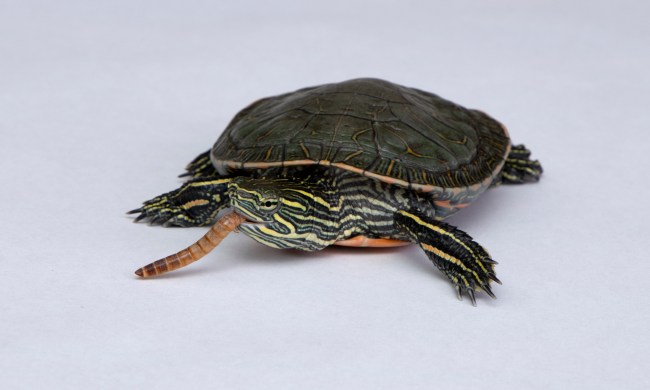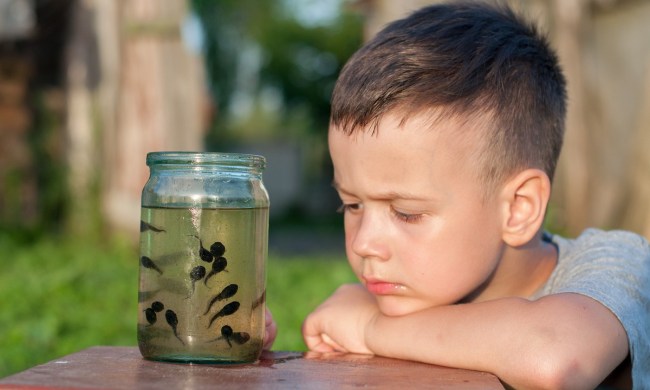We’re pretty good at figuring out why our dog barks or our cat meows — it’s second nature to us to understand these callings. But it can get trickier when we hear a different animal, one whose vocalizations seem out of the ordinary and don’t immediately trigger some understanding in us. Owning a guinea pig means learning her cues, both physical and verbal. You may feel flummoxed the first time your guinea purrs, but don’t fret. It’s normal for her to make some happy sounds throughout the day. By learning guinea pig noises and what they mean, you will know when she’s happy and when she’s stressed and can act accordingly.
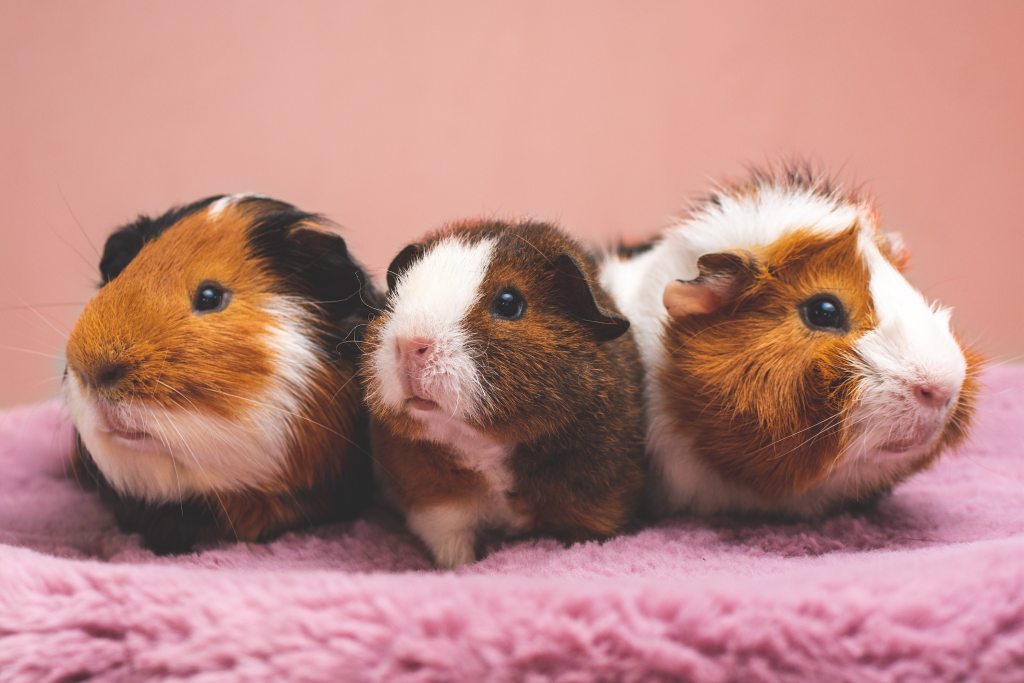
Whistle
This can also come out sounding something like a squeal, but it shouldn’t be cause for concern. Far from it. When your rodent lets out this noise, it means she’s happy and excited. You’ll hear it most often during mealtimes. If she catches you prepping the food bowl, get ready for a little ecstatic squeaking.
Purr
Just like your cat, this mammal likes to purr when she’s content. But this expression can mean other things. A low purr probably signals a good mood, while a high-pitched purr indicates annoyance. The length matters as well: A short burst of a purr could mean she feels threatened.
Teeth chatter
Don’t turn up the heat. Your piggy is not cold but scared and on the defensive. Guinea pig teeth chattering can be accompanied by a low hiss, and you may see her bare her teeth in the process. This could be directed at you or another animal, and your best bet is to remove the offending creature from the vicinity while she calms down.
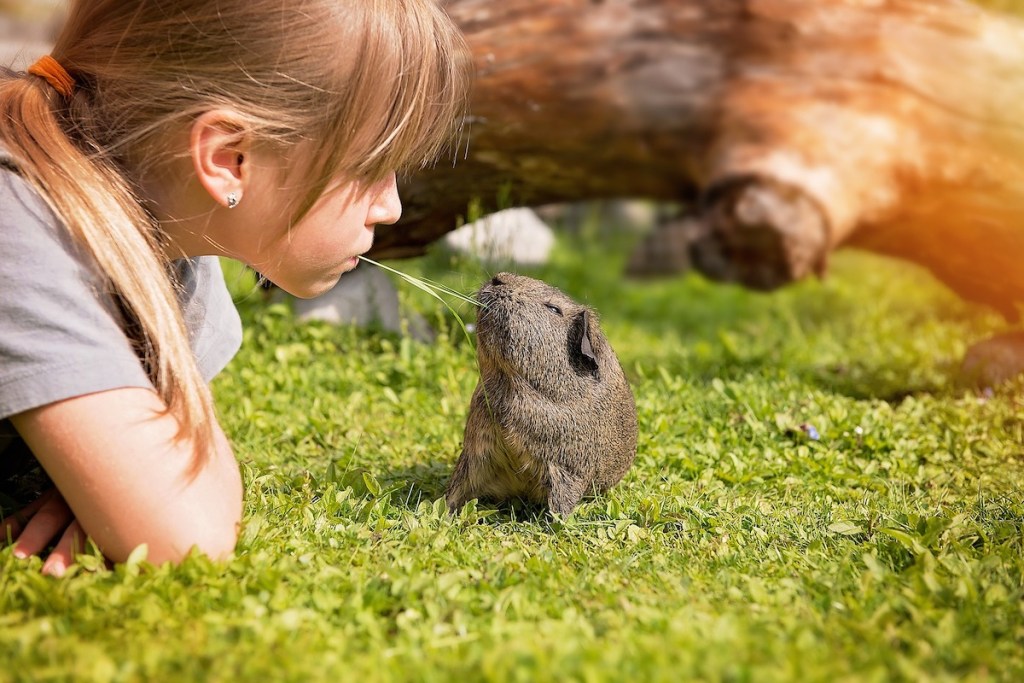
Chirp
Truth be told, we don’t entirely understand why these guys chirp. After all, it seems like something our bird might do, not our guinea pig. However, you will occasionally hear this songlike utterance from her. Feel free to check it out; maybe you can be the one to get to the bottom of this.
Shriek
Watch out for this one. The unmistakable sign of alarm should send you running to her crate to check for a problem, like an injury or predator (and yup, your dog counts). Look around and try to see things through her eyes. Is there something that might scare your pet even though it seems harmless to you? Remove any frightening objects or animals and do your best to calm her down before going back to whatever you were doing.
Coo
You’ll probably recognize this right away as a pleasant noise, and indeed it shows her deep affection for you. Mama guineas especially make many cooing sounds to their babies to soothe them. It’s definitely one of the most loving things you’ll hear from this pet.
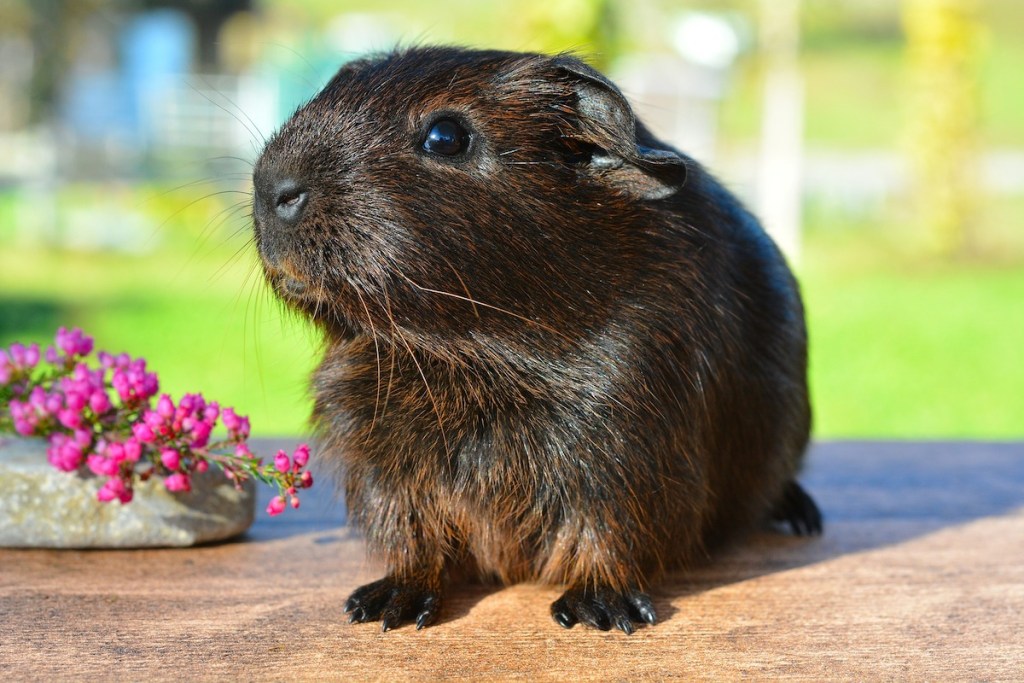
Whine
Body language more than anything else will help you determine the meaning here. If you hear a response when you go to pick her up, for example, that should tell you to put her back down. When another guinea gets her to whine, it generally says back off.
Rumble
If you have a mixed-sex pair, you might get a rumble out of them. Males typically make these sounds as part of a mating ritual, though females occasionally do it as well. Sometimes, the noises are accompanied by a little dance, all part of attracting her attention. Give them some privacy afterward and you could wind up with more piggies on the way.
Since guinea pigs love to spend time with you and each other, you’ll get to witness a whole spectrum of songs over her lifetime. We expect you’ll adjust to her sounds quickly, but you should watch for new noises and especially ones that seem to raise the alarm. Pay close attention to any body language, too. Guineas are highly expressive, and actions speak louder than words. You’ll gain a good sense of what’s going on by looking at these two things in tandem. Remember, anytime your pet has drastic changes in behavior, prolonged shrieking, extreme lethargy, or a loss of appetite, it’s time for a vet visit. But most of her vocalizations are no reason to worry. As long as you’re listening closely, she’ll tell you what she needs.


